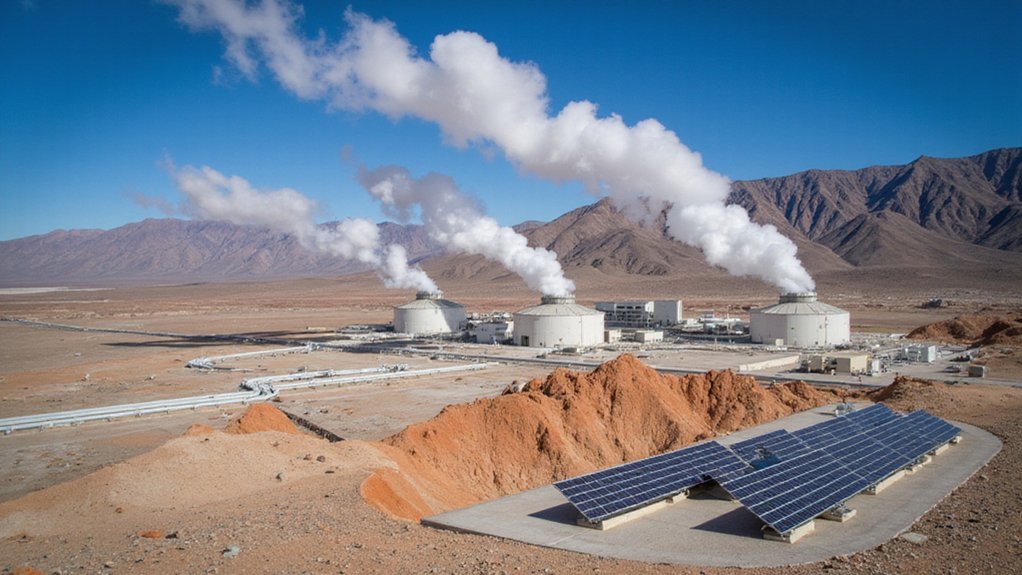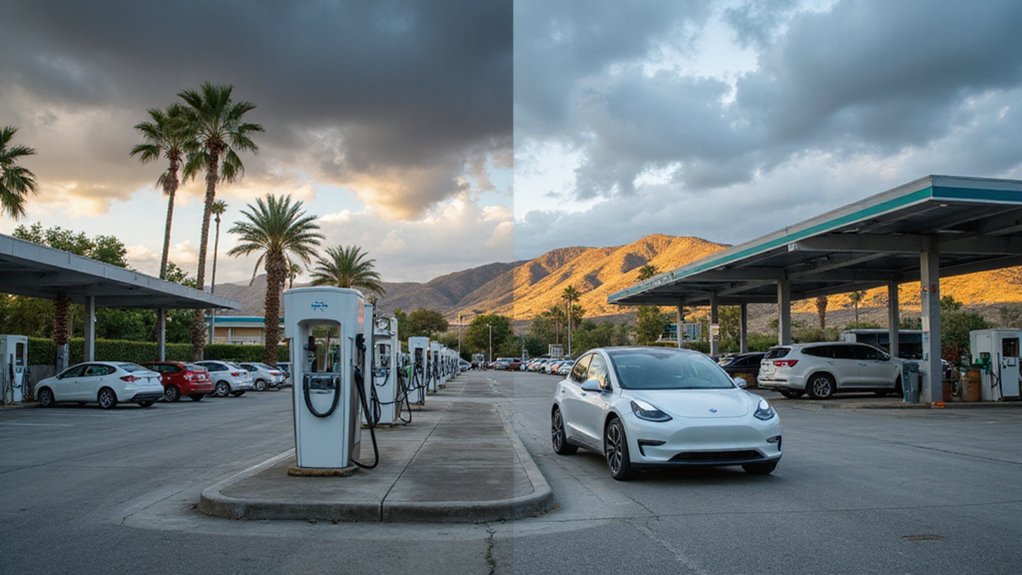While most Americans rely on fossil fuels and wind or solar power for their electricity, Nevada sits on top of a massive underground heat source that could transform the nation’s energy supply. The Great Basin region holds enough geothermal energy to provide 10% of America’s electricity needs. That’s equal to 135 gigawatts of continuous power.
Nevada leads all states in geothermal resources. It’s second only to California in producing geothermal electricity. The state currently generates about 720 megawatts from this clean energy source. That’s enough to power over half a million homes. Geothermal provides 8% of Nevada’s electricity, making it the state’s second-largest renewable resource after solar.
The Great Basin stretches across Nevada and reaches into California, Utah, Idaho, Oregon, and Arizona. About 24 geothermal plants operate in this region today. They produce over 600 megawatts of power. But scientists say this barely scratches the surface of what’s possible. The Nevada Bureau of Mines & Geology maintains comprehensive geothermal datasets that help researchers identify promising new sites for development.
Most geothermal resources in the Great Basin can’t be seen from above ground. About 75% are hidden deep in rocks that don’t naturally let water flow through them. Engineers need special technology called Enhanced Geothermal Systems to tap these resources. EGS creates cracks in solid rock up to 3.7 miles underground. Water flows through these cracks, heats up, and returns to the surface as steam.
Right now, geothermal makes up less than 1% of America’s electricity. But if developers build more plants in the Great Basin, that number could jump to 10%. Unlike solar and wind power, geothermal works around the clock. It doesn’t depend on weather or time of day. The USGS completed their Great Basin assessment as part of a larger Energy Act of 2020 mandate to evaluate the nation’s geothermal potential.
Building new geothermal plants would create jobs in drilling, construction, and operations. Workers from oil, gas, and mining industries could use their existing skills in this field. Local communities would benefit from tax money and new infrastructure. These facilities can operate for 20-50 years with minimal maintenance requirements, providing long-term economic benefits to these regions.
The U.S. Geological Survey plans to use artificial intelligence to find more geothermal sites by 2025. Success in Nevada could show other states how to develop their own geothermal resources. This reliable, clean energy source produces almost no pollution and uses less land than other renewable options.
References
- https://www.usgs.gov/news/national-news-release/enhanced-geothermal-systems-great-basin-could-supply-10-us-electricity
- https://gbcge.org/mapsdata/
- https://pangea.stanford.edu/ERE/pdf/IGAstandard/SGW/2016/Faulds1.pdf
- https://www.nsenergybusiness.com/news/nevada-great-basin-geothermal-potential-report/
- https://nbmg.unr.edu/Research/GeothermalEnergy.html








